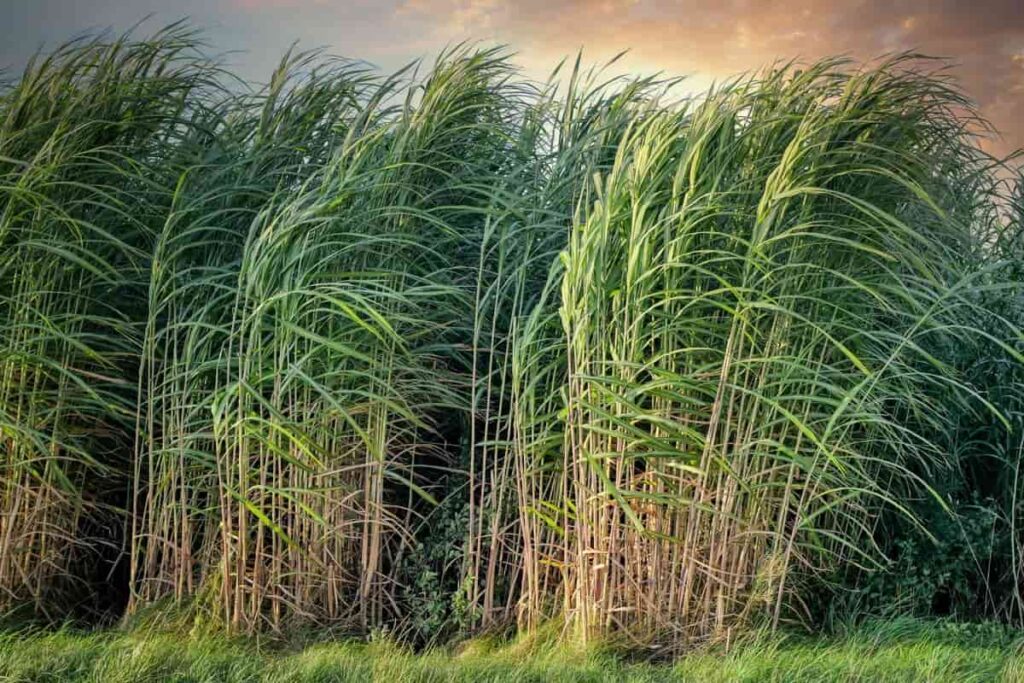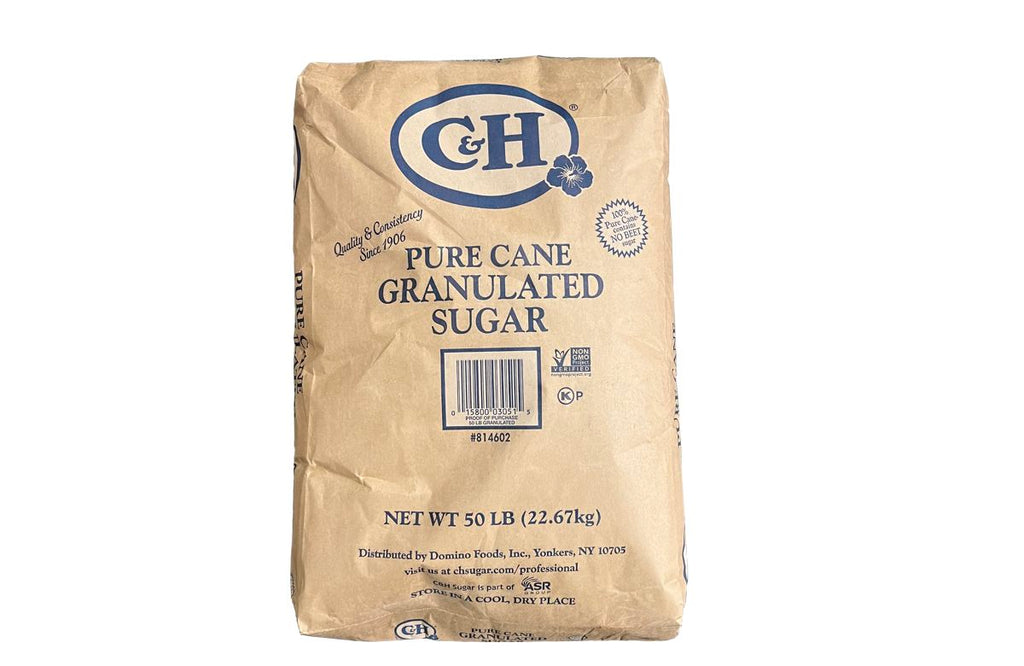The Diverse Usages of Sugar Walking Stick: From Food Products to Biofuels
Sugar Cane is a plant with varied applications that prolong far past basic sweeteners. Its items range from granulated sugar and molasses to fermented alcohols and lasting packaging materials. Additionally, it contributes in the manufacturing of eco-friendly biofuels. Comprehending these multifaceted usages reveals the environmental and economic relevance of sugar Cane farming. Yet, the implications of its cultivation methods question worth discovering better.
The Duty of Sugar Cane in Sweetener Manufacturing
Although sugar Cane is commonly associated mostly with its wonderful taste, it plays an important duty in the manufacturing of numerous sweeteners worldwide. The process starts with extracting juice from sugar walking stick, which is after that clarified and evaporated to produce raw sugar. This raw sugar undertakes further refinement to produce granulated sugar, commonly used in markets and households. In enhancement to typical granulated sugar, sugar Cane is also the source of molasses, a thick syrup that is and preserves many nutrients made use of in baking and food preparation.
Sugar Cane offers as the structure for producing alternative sweeteners like high-fructose corn syrup and particular man-made sugar, which are progressively popular in food and drink manufacturing. The flexibility of sugar Cane in sweetener manufacturing not only pleases consumer demand for sweet taste but also sustains different food sectors, highlighting its importance past plain flavor.
Sugar Cane in Food Products Beyond Sweeteners
Sugar Cane offers different nutritional benefits that extend past its function as a sweetener. Its versatility in culinary applications has actually led to ingenious usages in an array of food, enhancing structures and tastes. This expedition highlights the broader payments of sugar Cane to the food market.
Nutritional Perks of Sugar Cane
The dietary benefits of sugar Cane extend far past its popular function as a sugar. This flexible plant is rich in necessary vitamins and minerals, consisting of calcium, iron, potassium, and magnesium. Additionally, sugar Cane has antioxidants that help combat oxidative anxiety in the body. Its high fiber material help in digestion and advertises gut wellness, making it a beneficial enhancement to the diet regimen. Sugar Cane juice is typically consumed for its hydrating homes and natural energy boost, providing a source of fast carbs. The presence of phytonutrients adds to its health benefits, possibly supporting immune feature. Generally, sugar Cane provides a variety of dietary benefits, adding to a health-conscious and balanced way of life.
Culinary Applications and Innovations
While often recognized largely for its sweetness, sugar Cane has actually emerged as an innovative active ingredient in various culinary applications past standard sweeteners. Chefs and food suppliers are significantly utilizing sugar Cane juice and syrup to boost taste profiles in mouthwatering dishes, marinades, and sauces. Its natural sweet taste balances flavors and level of acidity, making it a functional element in global foods. In addition, sugar Cane fibers are discovering their way right into gluten-free flours, offering texture and dietary benefits. Cutting-edge treats, such as sugar Cane sorbets and candies, showcase its unique taste, while drinks like sugar Cane alcoholic drinks and teas highlight its stimulating high qualities. These culinary improvements show sugar walking cane's capacity to reinvent modern gastronomy.
The Production of Alcohols From Sugar Walking Cane
Transforming sugar Cane into alcoholic drinks showcases the convenience of this exotic crop. The fermentation of sugar Cane juice or molasses causes a range of prominent drinks, consisting of cachaça, rum, and aguardiente. These drinks are deeply rooted in the cultures of sugar-producing regions, particularly in the Caribbean and South America.
The production procedure begins with the removal of juice from newly harvested sugar walking cane, which is then fermented utilizing yeast. This fermentation transforms the sugars right into alcohol, producing a base that can be distilled for greater alcohol content. Purification strategies differ, influencing the taste accounts and features of the end product.
Furthermore, maturing in barrels can improve the intricacy and depth of flavors in spirits like rum. On the whole, the makeover of sugar Cane into alcoholic drinks not just highlights its farming value yet also adds significantly to the worldwide drink sector, offering abundant and varied experiences for customers.
Sugar Cane and Its Usage in Biodegradable Packaging
Sugar walking view publisher site stick's convenience extends beyond beverage manufacturing to ingenious applications in eco-friendly product packaging. This renewable energy is progressively being made use of to produce environmentally friendly packaging services that reduce reliance on petroleum-based plastics. Stemmed from the coarse deposit of sugar walking stick, called bagasse, suppliers can generate naturally degradable materials that decay extra swiftly than standard plastics.
These sugar cane-based product packaging items provide a sustainable option for different sectors, consisting of food and durable goods. They not just lessen ecological influence but additionally align with the expanding consumer need for sustainable practices. Additionally, sugar Cane product packaging can be engineered to keep resilience while being lightweight, making sure that it satisfies the practical needs of companies.
As environmental concerns rise, the change towards naturally degradable materials, such as those obtained from sugar walking stick, presents an encouraging path toward sustainable product packaging options that add to a circular economy.
Checking Out Sugar Cane as a Lasting Biofuel
As the globe seeks sustainable energy sources, sugar Cane becomes an encouraging prospect for lasting biofuel manufacturing. This flexible plant can be transformed right into ethanol, a cleaner-burning alternative to nonrenewable fuel sources - What Is Sugar Cane Used For. The fermentation process utilizes the sugars extracted from the walking stick, leading to a renewable power resource that considerably reduces greenhouse gas exhausts compared to typical gas
Sugar walking stick's high energy return per hectare additional boosts its practicality as a biofuel. It can be grown in numerous environments, making it easily accessible for numerous areas, especially in subtropical and tropical locations. Additionally, the byproducts of sugar Cane handling can be utilized in creating electricity, including an additional layer of sustainability to its use. The adoption of sugar cane-based biofuels not just promotes power freedom but likewise sustains agricultural economic climates. As a result, sugar Cane stands out as a sustainable solution in the worldwide shift towards eco-friendly power.
Nutritional Perks of Sugar Cane and Its Results
The capacity of sugar Cane expands past its role in lasting biofuel production; it additionally uses substantial dietary benefits. Rich in vital nutrients, sugar Cane offers crucial minerals such as calcium, magnesium, and potassium, which add to total health. Additionally, its juice is an all-natural resource of anti-oxidants, assisting to deal with oxidative anxiety in the body.
Sugar Cane byproducts, such as molasses, even more enhance its dietary profile. Molasses is high in iron, making it a useful enhancement for those seeking to boost their iron here are the findings intake. Both sugar Cane and its byproducts include nutritional fiber, which assists digestion and promotes a healthy and balanced gut.

The Environmental Impact of Sugar Cane Growing

Alternatively, the farming procedure can cause different ecological challenges. Logging typically occurs to make means for sugar Cane areas, which interferes with ecological communities and biodiversity. Furthermore, the hefty use pesticides and fertilizers can lead to soil deterioration and water contamination, affecting neighborhood wildlife and communities. Additionally, the extensive irrigation needed in some areas can deplete water sources, leading to scarcity.
Often Asked Inquiries
Exactly How Does Sugar Cane Affect Soil Health During Farming?
The farming of sugar Cane significantly affects dirt health. It can enhance dirt framework and fertility via natural matter i thought about this addition, yet excessive use plant foods might cause nutrient exhaustion and soil destruction with time.
What Are the Economic Perks of Sugar Cane Farming?
The economic advantages of sugar Cane farming include task creation, increased local earnings, and contributions to nationwide GDP. In addition, sugar walking cane's adaptability permits varied market possibilities, enhancing farmers' economic stability and promoting agricultural development.
Can Sugar Cane Be Expanded in Non-Tropical Regions?
Sugar Cane can be cultivated in non-tropical regions, supplied the climate is adequately cozy and frost-free. What Is Sugar Cane Used For. Adjustment strategies, such as picking suitable selections and utilizing watering, can boost its growth possibility in these locations
What Parasites and Illness Impact Sugar Cane Crops?
Parasites such as sugarcane borers and aphids, together with conditions like red rot and rust, significantly impact sugar Cane plants. These dangers can decrease yield and high quality, necessitating reliable management techniques for farmers.
Exactly How Is Sugar Cane Harvested and Processed?
Sugar Cane is commonly gathered by reducing the stalks close to the ground. After collecting, the Cane is carried to processing centers where it is squashed to remove juice, which is then fine-tuned into various products.
Sugar Cane is a plant with varied applications that extend much past easy sweeteners. The process starts with extracting juice from sugar walking cane, which is then cleared up and vaporized to generate raw sugar. Innovative treats, such as sugar Cane sorbets and sweets, showcase its unique taste, while drinks like sugar Cane cocktails and teas highlight its stimulating high qualities. The visibility of vitamins, specifically B vitamins, in sugar Cane sustains energy metabolic rate and general health (What Is Sugar Cane Used For). On one hand, sugar Cane is an eco-friendly source that can add to sustainable agriculture and offer biofuels, minimizing reliance on fossil gas